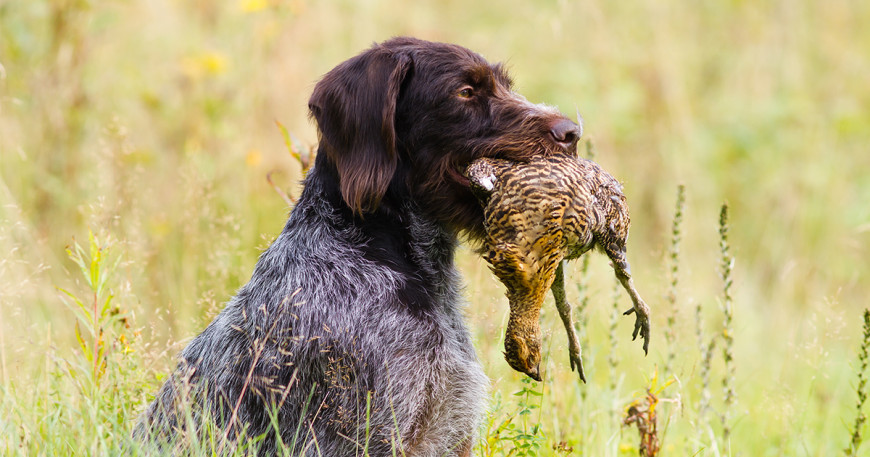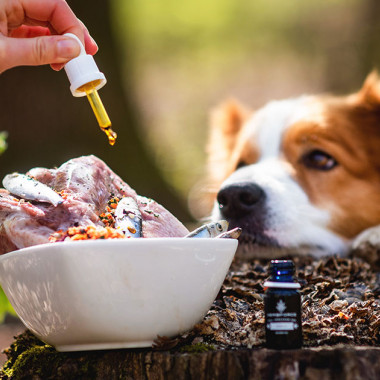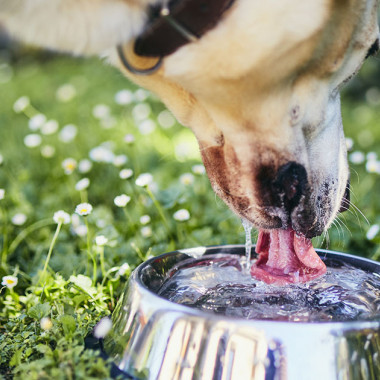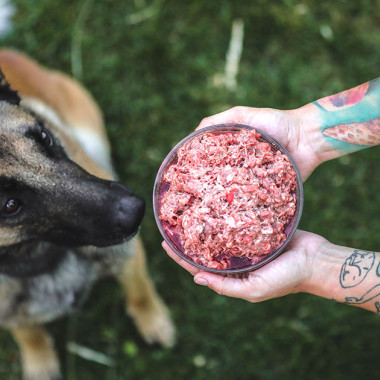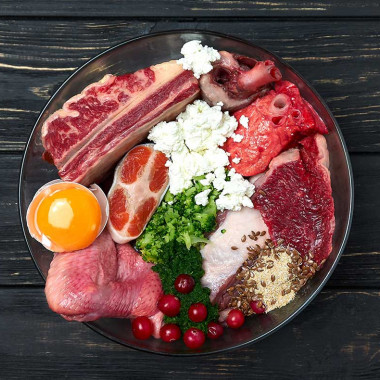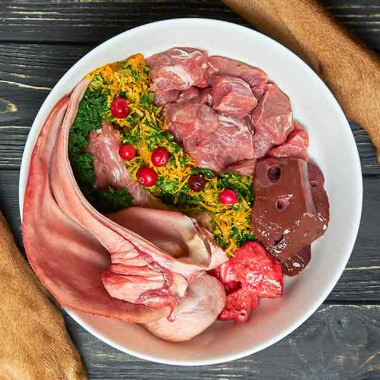There are several ways to feed raw food to dogs. Probably the most well-known method is the classic BARF diet, which is also our primary focus. However, there is another method that is even more primal and stricter than BARF, called the Prey Model Raw (PMR). As its name suggests, it involves feeding whole animal carcasses.
People who adopt this feeding model aim to closely imitate the natural feeding habits of wild predators. The entire principle revolves around the idea of a wild canine or feline's natural catch.
We can identify two main methods of raw feeding:
Ready-made meals, which provide a complete feeding component for a domesticated carnivore, such as our Barfer menu.
Homemade portions, which include both BARF and PMR diets.
The first method is straightforward and easily accessible on our website Barfer.sk, offering the significant advantage of ease, as it only requires thawing and serving.
Most of us are likely familiar with the BARF feeding method. If you'd like to learn more about this feeding style, we've prepared an article titled BARF Diet - How to Feed BARF.
The PMR raw feeding model is suitable only for adult animals. It is based on the philosophy that dogs are true carnivores, so the idea aligns with what a dog would eat or hunt in the wild. After all, the name itself explains it—"prey" refers to the whole natural catch. This diet can be prepared in two ways: by feeding the whole prey, known as "whole prey," or by creating a meal that imitates the whole prey, called "franken prey."
Feeding whole animals essentially means following the path of the wolf, offering the same type of meal that our dogs' ancestors would have eaten in the wild. So, what exactly does this prey contain? Skin, fur or feathers, bones, muscles, organs, connective tissues—essentially the entire animal, with no waste. In short, PMR feeding means creating a portion that proportionally mimics the natural prey a wolf, coyote, fox, or wildcat would catch. Their natural diet usually includes small mammals, rodents, or birds, which can be considered a complete meal. This feeding method excludes fruits, vegetables, dairy products, and even raw food supplements are limited. Since fiber is not included, it is important to feed parts like paws, ears, or whole heads.
In the "whole prey" method, the entire animal is fed. In the "franken prey" method, the meal is assembled similarly to BARF, but with the composition of prey serving as a guide for the approximate ratios in PMR:
80-85% muscle meat
10-15% bone covered with meat
5% organs and innards
5% liver
In essence, the meal is constructed according to a percentage model to best replicate the whole prey. The bowl could contain animal paws, tails, backs, necks, innards, organs, and carcasses. To create a PMR portion for your dog, in addition to large muscle cuts, you can find whole parts such as duck heads, beef tails, duck feet, pig trotters, cow ears, and more on our website.
Whether the owner chooses the first or second option, the main idea in both cases is to keep the food as natural as possible. Some breeders even disapprove of beef in the diet, as this animal does not represent a natural prey. Another key factor when choosing this feeding method is that it may not be suitable for every dog. Feeding whole animals or their parts must be proportionate and appropriate for the size of the consumer—in this case, the dog or cat. It's often mentioned that feeding whole animals is only suitable for adult dogs. An adult dog has fully functional teeth and strength to handle larger pieces of food, so if the food is provided correctly, there is little risk of endangering the dog.
Compared to BARF, the PMR model is stricter, with the goal of feeding as naturally as possible, close to the ancestors’ diet. Both raw food variants offer dogs a meal from which they can derive the maximum nutritional benefits. However, in both cases, it is important to responsibly and appropriately assemble the portion for each individual dog. The meal must include all the necessary nutrients for proper body function.
